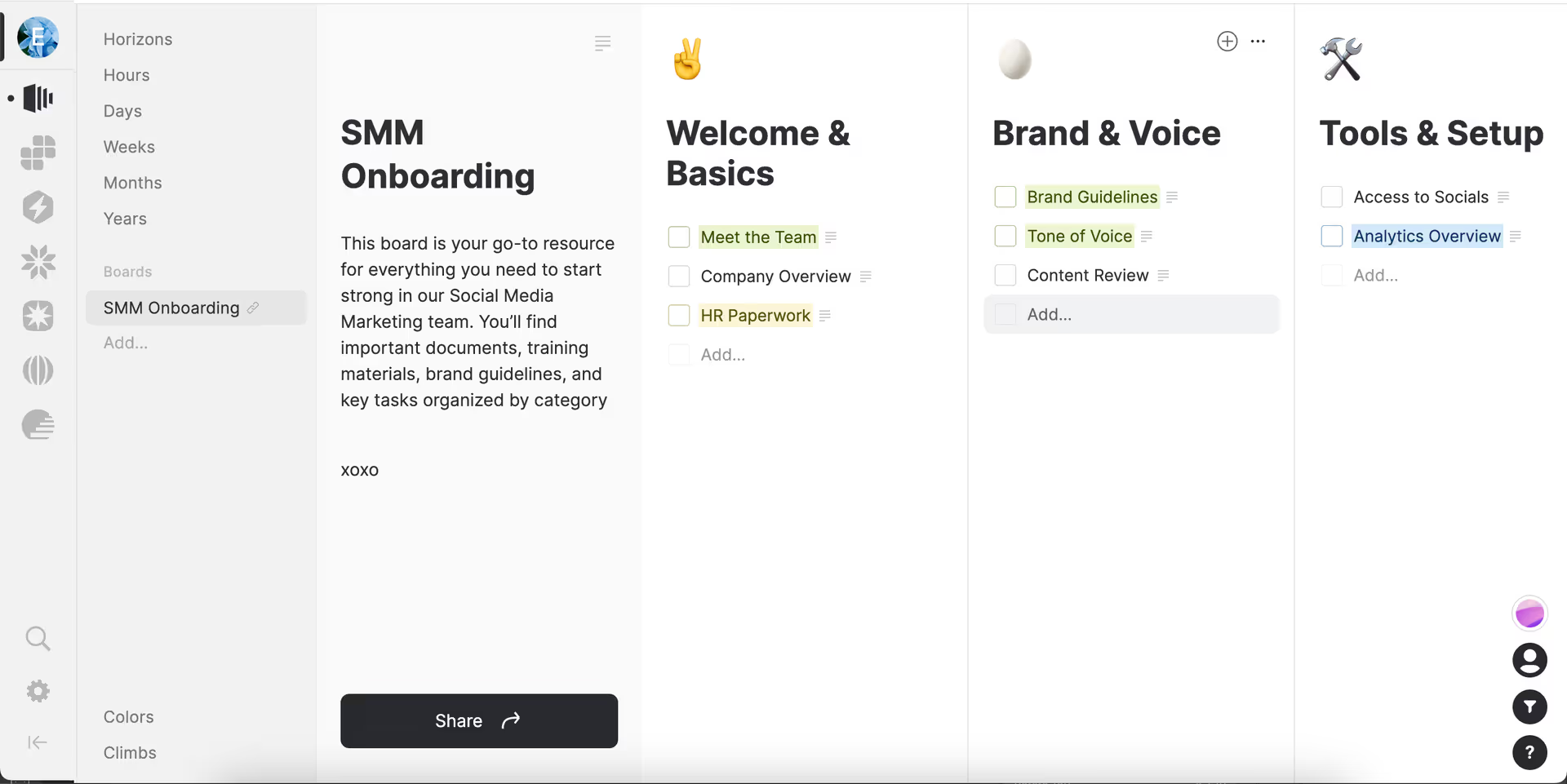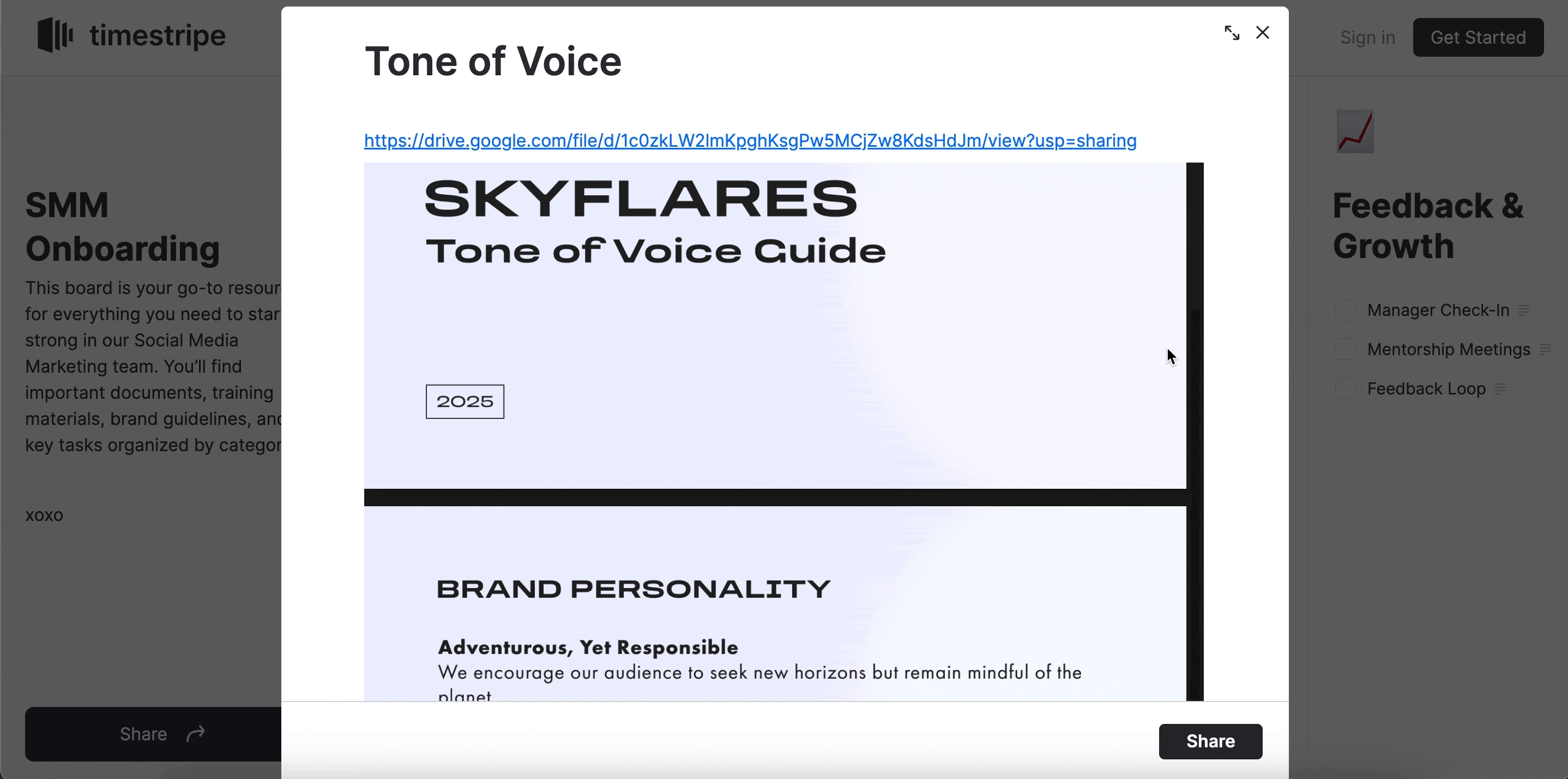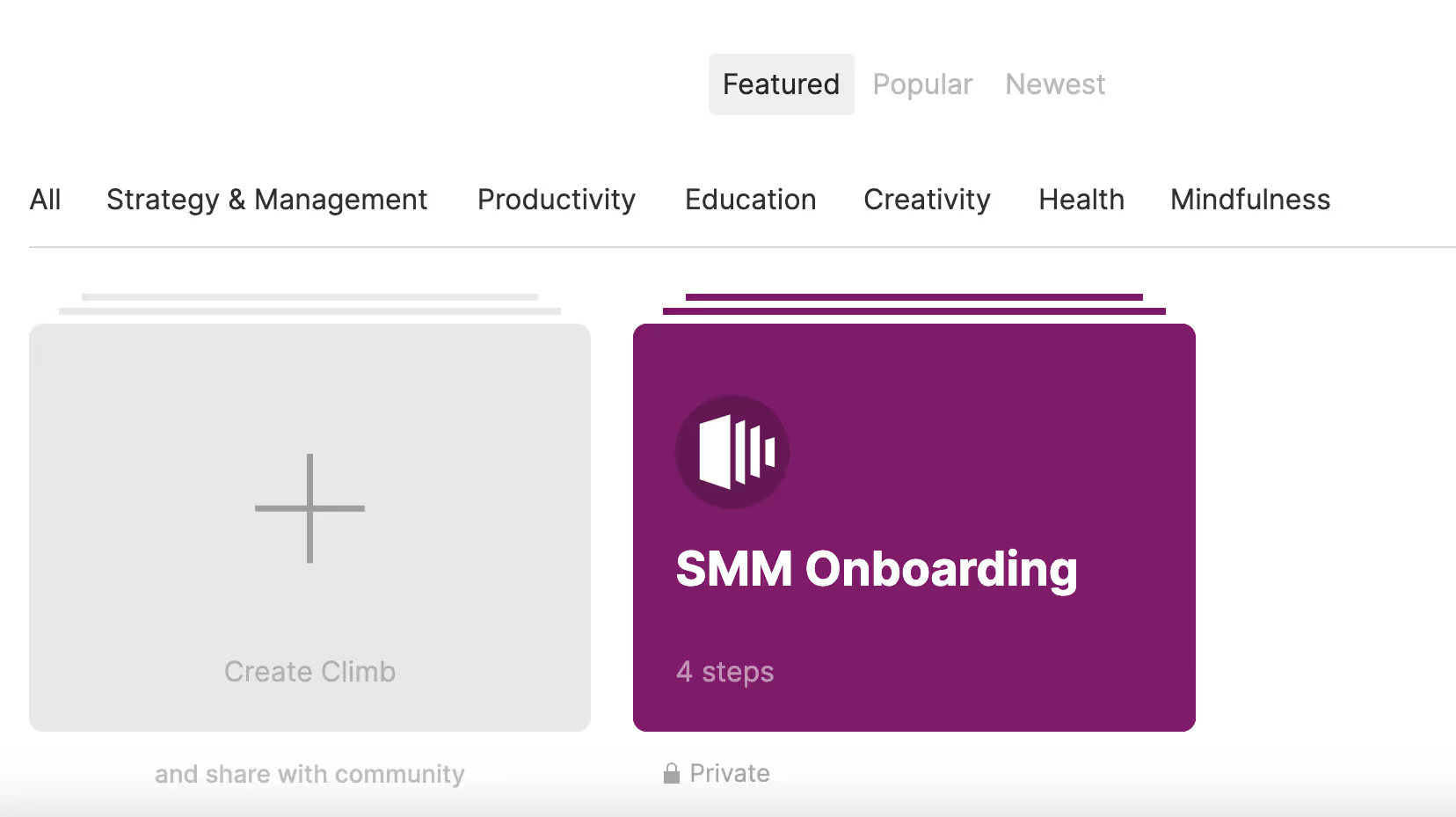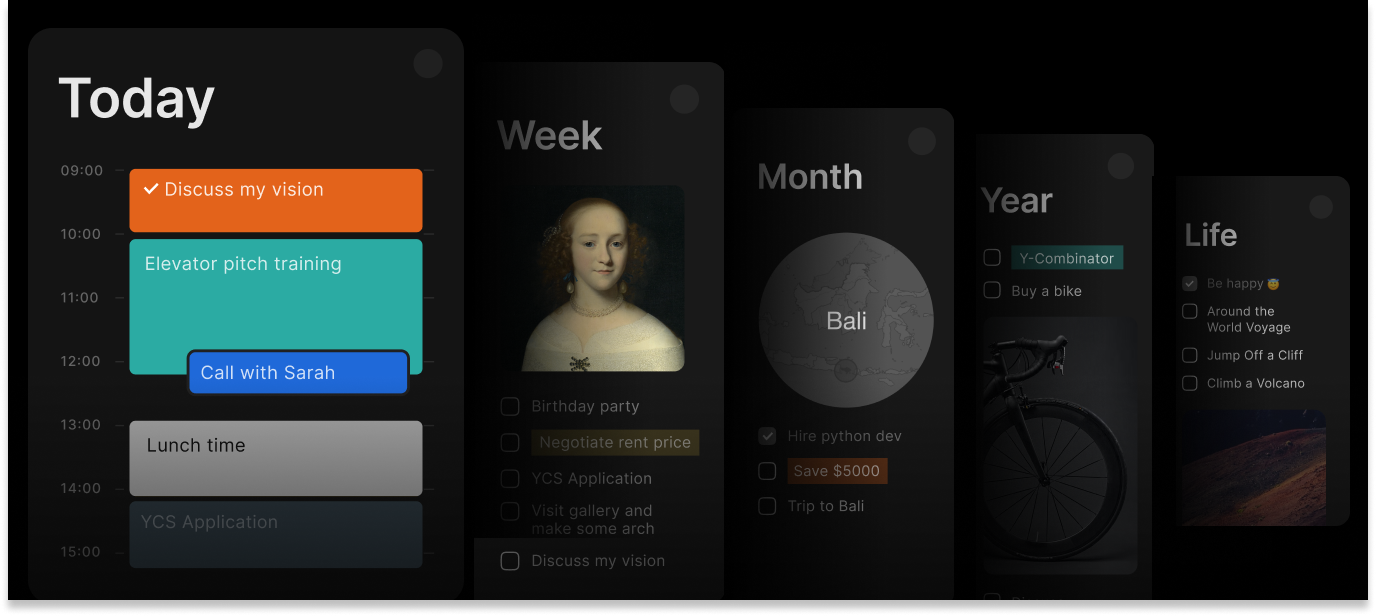Boards & Climbs: Guide to a Smoother Onboarding Experience
Introduction: Why Onboarding Matters
Onboarding is your team’s first real interaction with new hires. If it’s messy, newcomers can feel lost. Managers also spend extra time repeating instructions or searching for missing documents. A more organized approach reduces stress and helps everyone.
Common Onboarding Pitfalls
Scattered Documentation
Managers waste time digging through old emails and random file folders. Newcomers aren’t sure which files are still relevant, and managers may need to resend or re-explain materials multiple times.
Unclear Expectations
Without a clear plan, new hires might not know if they’re meeting basic goals. Meanwhile, managers may jump in too frequently to check on progress—or fail to keep a close enough eye, leading to confusion and uneven guidance on both sides.
Emotional Disconnect
When the onboarding process feels chaotic, new employees may doubt the company’s organization. Managers, in turn, may sense anxiety in the team and worry about morale.

How Timestripe Boards & Climbs Help
All in One Place
Store documents, training materials, and tasks in one Board. This way, new hires quickly find what they need, and managers don’t waste time repeating themselves.
Real-Time Tracking
Managers see at a glance who’s making progress and who needs help. By scheduling tasks with Climb, you ensure newcomers receive new items when they’re ready—giving them an immediate sense of accomplishment without piling on stress.
Less Stress for Everyone
Clear instructions mean fewer repeated questions. Managers spend less energy micromanaging, and new hires feel supported. Everyone wins when each step is simple and timely.
Smoother Team Culture
A well-structured onboarding plan shows that your organization values clarity and support, fostering stronger relationships with new team members. Incorporating Climb also shows that you respect each new hire’s learning pace, leading to a more welcoming and trust-building first impression.

Step-by-Step Implementation
1. Create an Onboarding Board
Add columns like “Key Contacts”, “Company Policies”, “Role-Specific Tasks”, and “Required Training”. This gives new hires a clear structure for what to do next.
2. Add Essential Resources
Upload relevant documents and links (HR forms, product guides, team directories). Having everything in one place saves time and reduces frustration.
3. Schedule Tasks with Climb
Use Climb to release tasks in manageable chunks. For example, you might schedule day-one tasks for basic setup and introductions, then unlock day-two tasks for role-specific training. This prevents information overload and helps newcomers stay focused.
4. Invite and Guide
Give new hires access to the Board right away, so they know exactly what needs to be done and in what order. Encourage them to check off tasks as they progress.
5. Monitor Progress
Regularly check the Board to spot any confusion. Climb also helps you see who has completed which tasks, allowing you to offer help before small issues turn into problems.
6. Gather Feedback
Ask new hires to let you know if anything is unclear or missing. Update the Board (and any Climb schedules) so future onboarding goes even more smoothly. These tweaks help refine the process over time.

Wrap-Up: A Clearer Path for Newcomers
Good onboarding doesn’t have to drain a manager’s energy. It also doesn’t have to overwhelm new hires. With Timestripe Boards and Climbs, everyone knows what to do, where to find information, and who can help if questions come up. This structure leads to a calmer start, better morale, and a stronger sense of teamwork.
Read next



